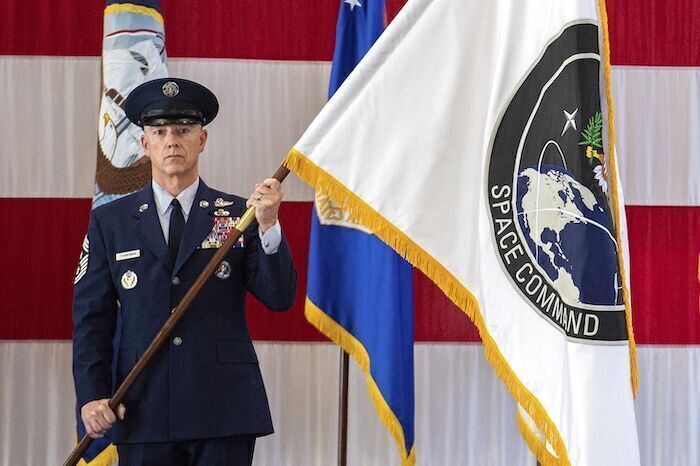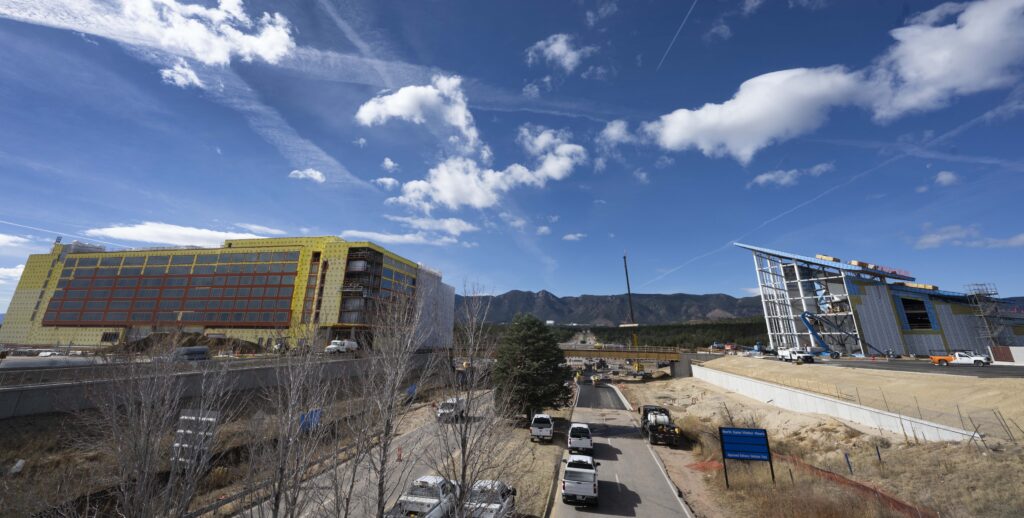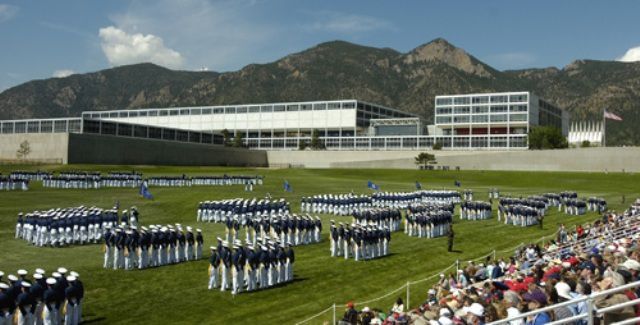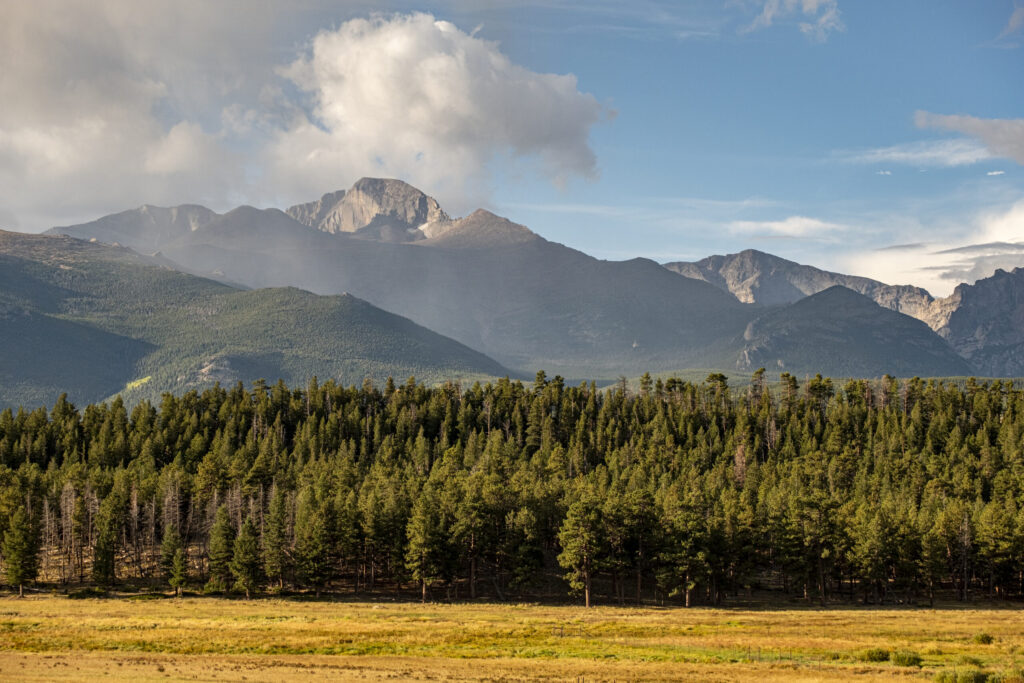Colorado Springs to lose Army Reserve helicopter units as brigades shutter nationally

The Army Reserve expects to divest all of its helicopters and associated units over the next year, including a brigade headquarters and one of its companies in Colorado Springs.
Fort Carson-based Col. Adam Stanley, commander of the 11th Expeditionary Combat Aviation Brigade, said the deactivation of two brigades is a reflection of the hard decisions that had to be made as the Army prepares for a potential conflict with China and modernizes for wars that will be highly reliant on drones.
The cuts will also result in a loss of 90% of the air power in the Army Reserve, leaving only two Army Reserve battalions that maintain C-12s and UC-35s, he said. The Army Reserve’s fleet included 230 aircraft, mostly Blackhawk and Chinook helicopters.
The Army will also lose highly experienced pilots who typically work outside the front lines, moving people and equipment in combat-support roles that will still be needed in future conflicts, Stanley said.
“I think it could be more of a shared pain, then a focused cutting,” he said of the planned inactivations.
Eliminating the two brigades is expected to save about $75.5 million, according to the Army’s proposed 2026 budget.
The Army Reserve flies a large number of older helicopters that still run on analog instead of digital systems, and the elimination of the units will allow the Army to invest in new capabilities, such as the Future Long-Range Assault Aircraft, said Maj. Jeffrey Windmueller, chief of public affairs for the Army Reserve Aviation Command. The new tilt-rotor aircraft is expected to fly long distances and at high speeds.

Other military branches, including the Air Force, are making the same tough decisions as senior leaders try to prepare for a large-scale conflict, potentially against China, even though they have not received enough financial support from Congress, said Douglas Birkey, executive director for the Mitchell Institute for Aerospace Studies.
“Everybody is doing this under pretty extreme budget pressures,” Birkey said.
For example, the Air Force is divesting its A-10 fleet earlier than planned, he said.
Like A-10s, helicopters also fly slow and low, making them potentially easy targets in a large-scale war against adversaries with long-range weapons. During a potential fight in the Pacific, they also can’t fly far enough to be useful, he said.
But it’s a tough call because there are potential conflicts where the older Blackhawks and Chinooks would be needed, Birkey said, and no one will know if the right decision was made for several years.
“This is not clear-cut. These are difficult decisions being made,” he said, noting that Blackhawks will be maintained in active duty.
The loss of experienced pilots, mechanics and other crewmembers in the reserve is also not ideal, Birkey said.
“I can build a helicopter a lot faster than I can build a trained human crew,” he said.
The 11th Expeditionary Combat Aviation Brigade employs about 2,500 reservists nationally and its helicopter pilots assist in medical evacuations, and personnel and cargo transport, Stanley said. The headquarters based in Colorado Springs employs 145 soldiers.
The 244th Expeditionary Combat Aviation Brigade fills a similar role and employs 1,850 soldiers and 120 aircraft, its website said.
Windmueller said nationally the focus is ensuring that those reservists who want to stay in the reserve find a slot. There has also been some success in finding slots for pilots, crew chiefs and mechanics in the Air National Guard.
“We have a lot of highly skilled soldiers and pilots with years and years of training under their belts. I know that everybody wants to put them to use,” Windmueller said. However, some state National Guard, such as Kentucky, likely do not have room for more reservists at this time, he said.
The local company within the 7th Battalion, 158th Aviation Regiment has also helped local search and rescue crews, recovering a hiker’s body from Pikes Peak this summer.
El Paso County Search and Rescue could not have replicated the work of the reservists, according to a letter Sheriff Joe Roybal sent to Colorado Springs Rep. Jeff Crank.
“Without the specialized capabilities of the 7-158th – including their aircraft, equipment, and highly trained crews – this mission could not have been executed safely or successfully,” Roybal said.
In his letter, Roybal urged support for the funding, training and sustainment of units such as the 158th.
For Stanley, the next year will be focused on shutting down the brigade, ensuring that soldiers transition out of the military or to new opportunities in the Army Reserve or sister services, such as the Air National Guard.
The soldiers also need to service and prepare the brigade’s equipment including helicopters, light medium tactical vehicles and Humvees so they can be sold or redistributed, Stanley said.
Looking back on the brigade’s history since it was reactivated nine years ago, Stanley said saving about 400 senior citizens during Hurricane Harvey in Beaumont, Texas, during 2017 stands out.
The unit assigned themselves to the task because they were nearby for training and they saw the need, an authority that started after Hurricane Katrina. Unlike a combat operation where soldiers’ missions are muddied with necessary destruction, this was a purely lifesaving operation, said Stanley, who led 350 soldiers during the operations.
“It is exceptionally rare when … You can save somebody and there is nothing but goodness in it,” Stanley said.
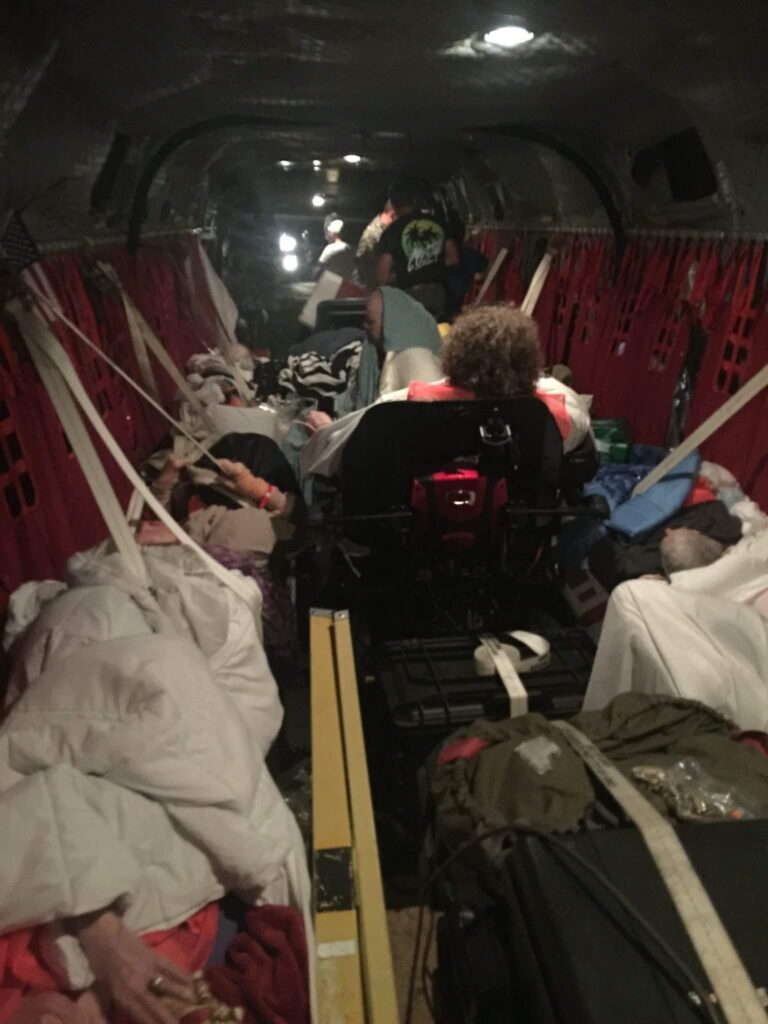
The power had gone out and the flood waters were too high to get ground ambulances in to evacuate the seniors.
So the soldiers used helicopters from Fort Carson and Olathe, Kan., to extract the seniors, he said.
Recently, even after the announcement that the brigade was going to wind down operations, about 250 members of the brigade participated in large-scale training called Operation Mojave Falcon hosted at Fort Hunter Liggett in California this summer. No one assigned to the training backed out, Stanley said.
“I am proud of them because they are the best of us,” he said.


